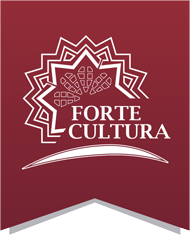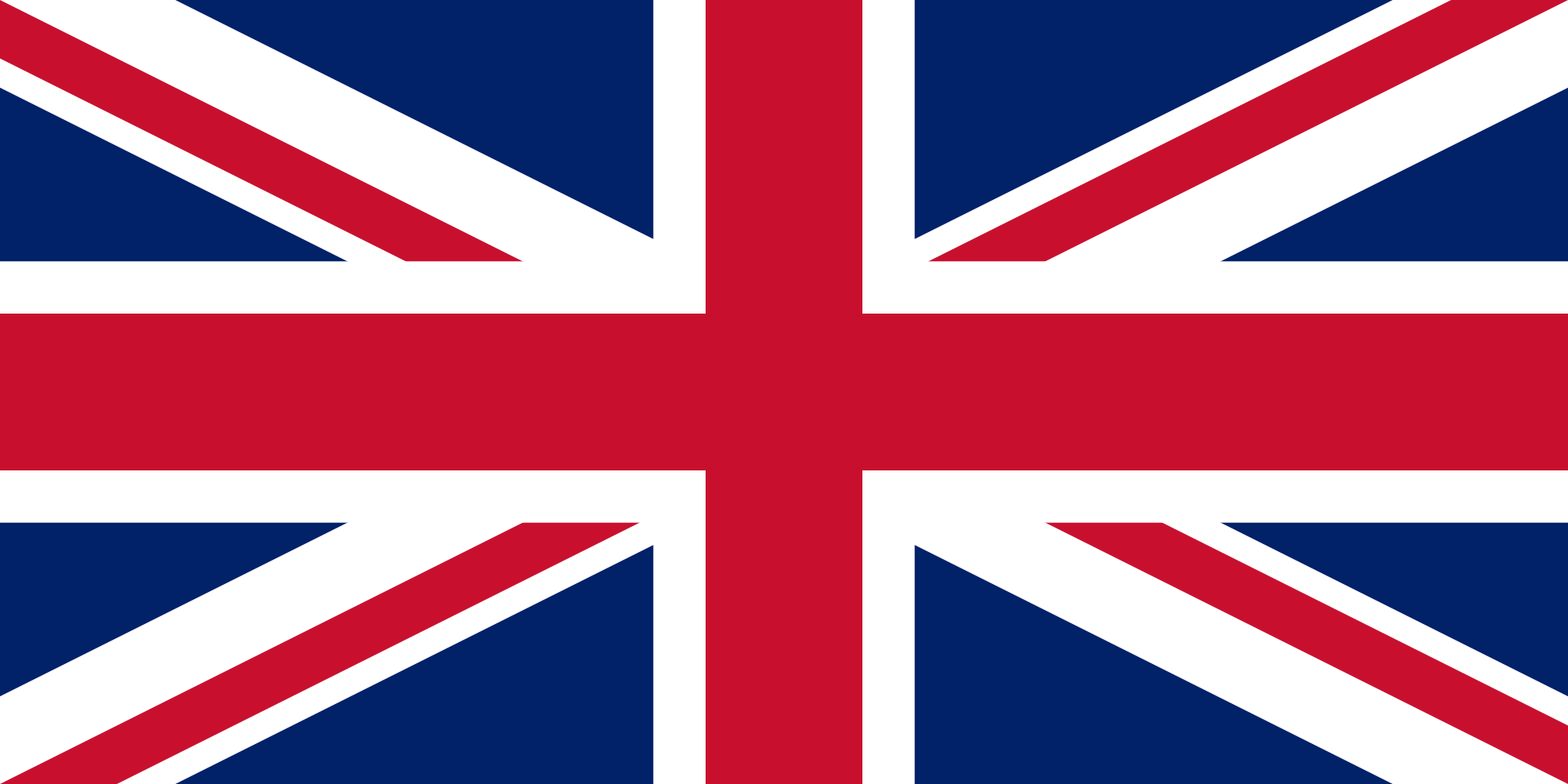Since its founding Mainz experienced a fortress history like almost no other location in Europe. If you walk through today‘s Mainz, you will see its military history in many places. Here a bastion, there a wall or a vault and of course the splendid citadel. Many of those fortification parts not only have an interesting history, but they also offer a great world of experience for tourists. Whether concerts and theatre, romantic dinner, interesting undergrounds and museums or even a gym and a spa. There is something for everyone.
Monument and History
History At the confluence of Main and Rhine a Roman military basis to protect the limes and conquer Germania was built already in 13 before Christ. Mogontiacum (Latin for Mainz) became a vibrant Roman legion city with war port, Rhine bridge and Castellum for around 500 years. The Drususstein, the Roman theatre and also the Roman Germanic museum at the residence castle show this important epoch.about the history .
Quelle: Quelle: Quelle: Quelle:
Architecture Many architectural highlights from the long history of fortification architecture are located in Mainz. Famous architects, as Johann Maximilian von Welsch, were part of this development. The citadel is well-worth seeing with its classic ground plan, four bastions and the gate house. Also the Rhine gates, caponiers and Gau gate are impressive. The commander building on the citadel Gau gate
Quelle: Quelle: Quelle:
Nature Experience The green elements of the citadel Mainz is the richest in species in the developed are in Mainz. It is especially important regarding ecology: The area of the citadel has around 450 animals and plants, of which 66 kinds are on the red list of the Federal Republic of Germany and the state Rhineland-Palatinate. As the green lung the protected landscape part provides fresh air for the inner city.Pilot project "ecologial wall restauration citadel Mainz" and overall concept citadel
Quelle: Quelle: Quelle: Quelle:






